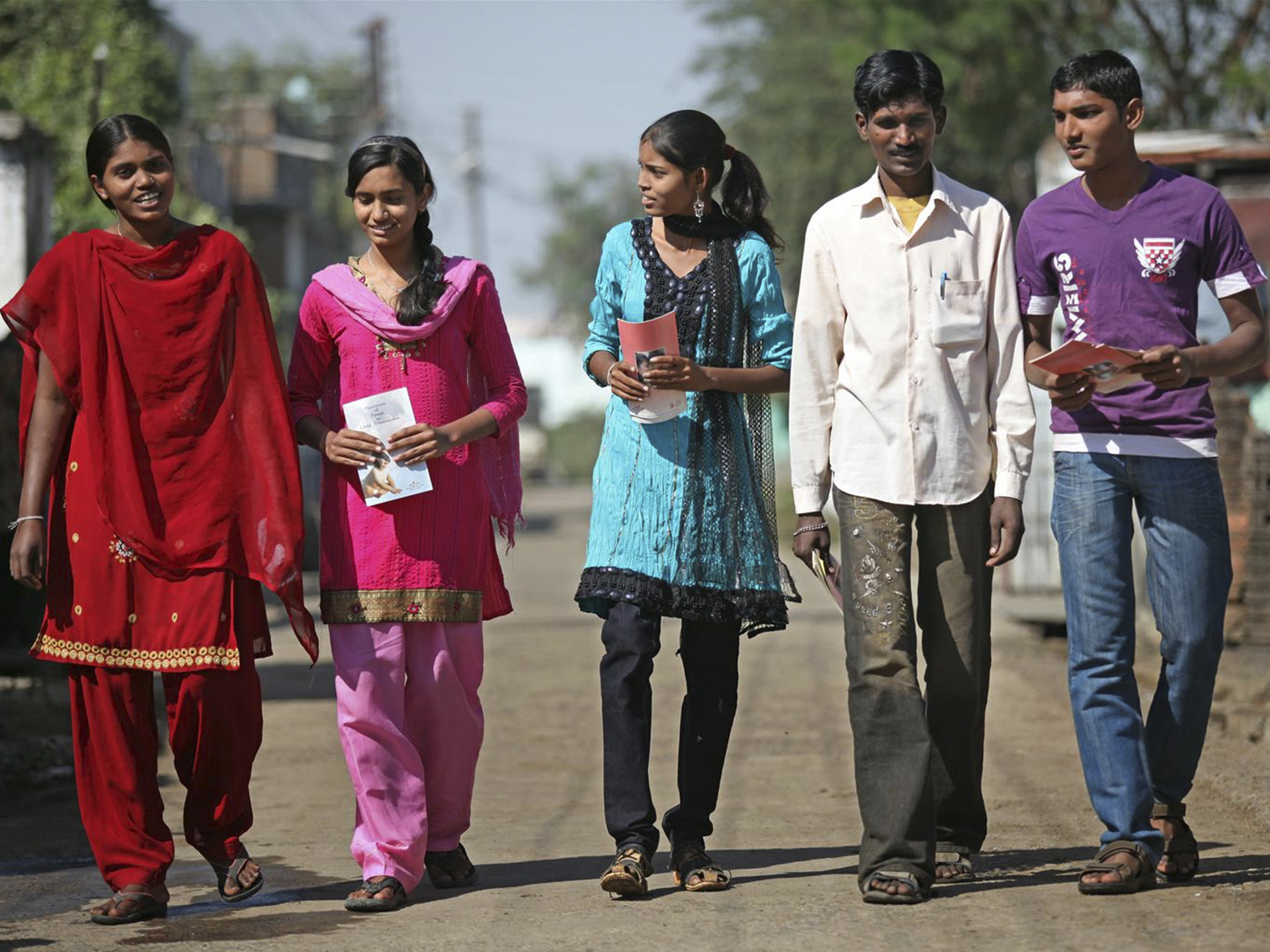“That feeling that you are not alone, that your experience is important for someone else…it is really supportive,” said ‘N’ in St. Petersburg, Russia. She had created a story on a mobile phone, trained by a peer and using an application her peers helped design.
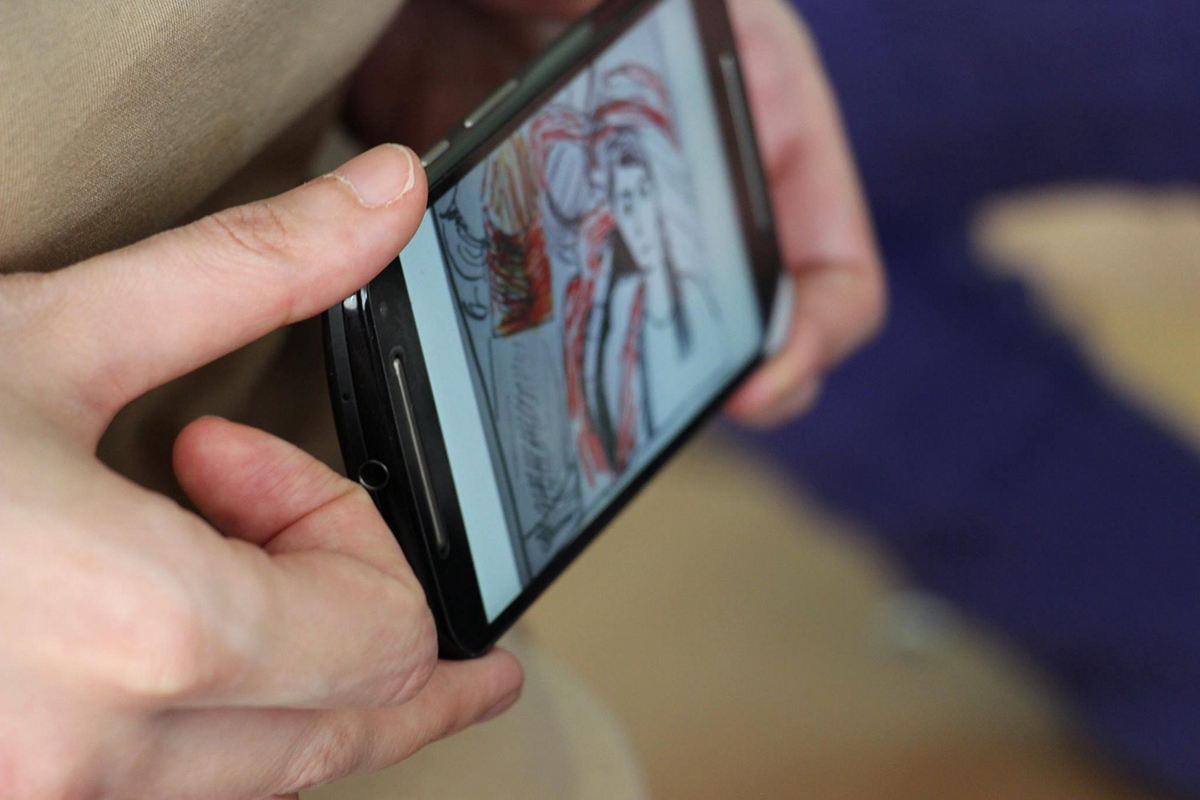
Through narration and the pictures she drew, her story tells of her starting a safe space for young women within an activist community, where their voices are silenced.
Watch N’s story:
she says in her piece.
N has shared her story through the Girl-talk-Girl program by Footage, reaching young people globally through the Girl-talk-Girl platform.
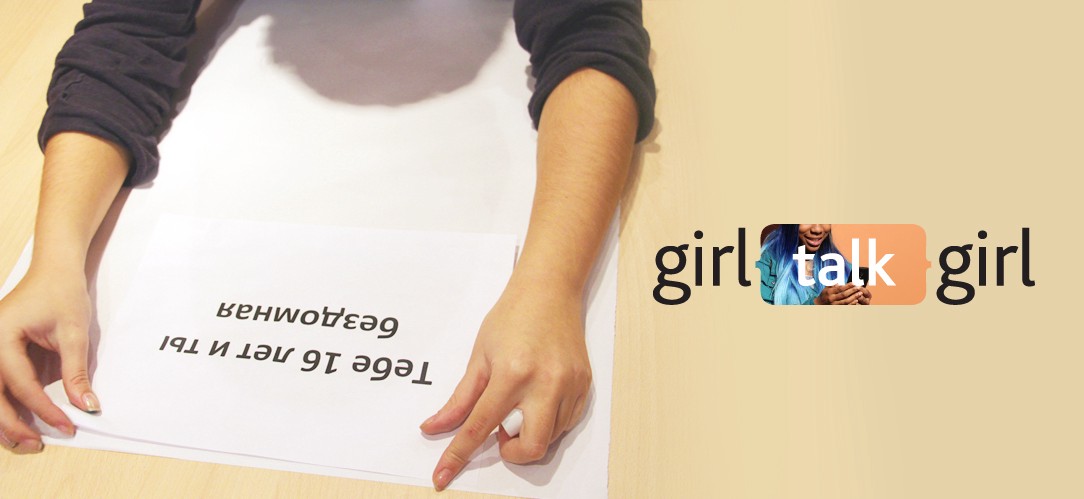
Girl-talk-Girl seeks to address the very issue N raises in her story. The program engages young women worldwide in collaborative media arts activism against gender-based violence (GBV). Through storytelling, young women examine GBV in their lives. Within safe physical and digital spaces, they discuss their diverse experiences and perspectives, forming connections and designing solutions across countries. The program began as a partnership between young women in the United States and Russia and has recently expanded to include young women in Ukraine and Chile.
At the heart of the program, is education. Girl-talk-Girl invites young women to learn about human-centered design, GBV, storytelling, and advocacy, as well as about themselves and other young women worldwide. Their own experiences and insights become educational materials, as they create resources for classrooms, organizations, and policy makers based on their stories. Each component of the program cultivates a young woman’s leadership potential, with media arts serving as a tool for expression, dialogue, personal growth, and social transformation. As a result, participants catalyze changes in how they and others see themselves and their worlds in regards to GBV.
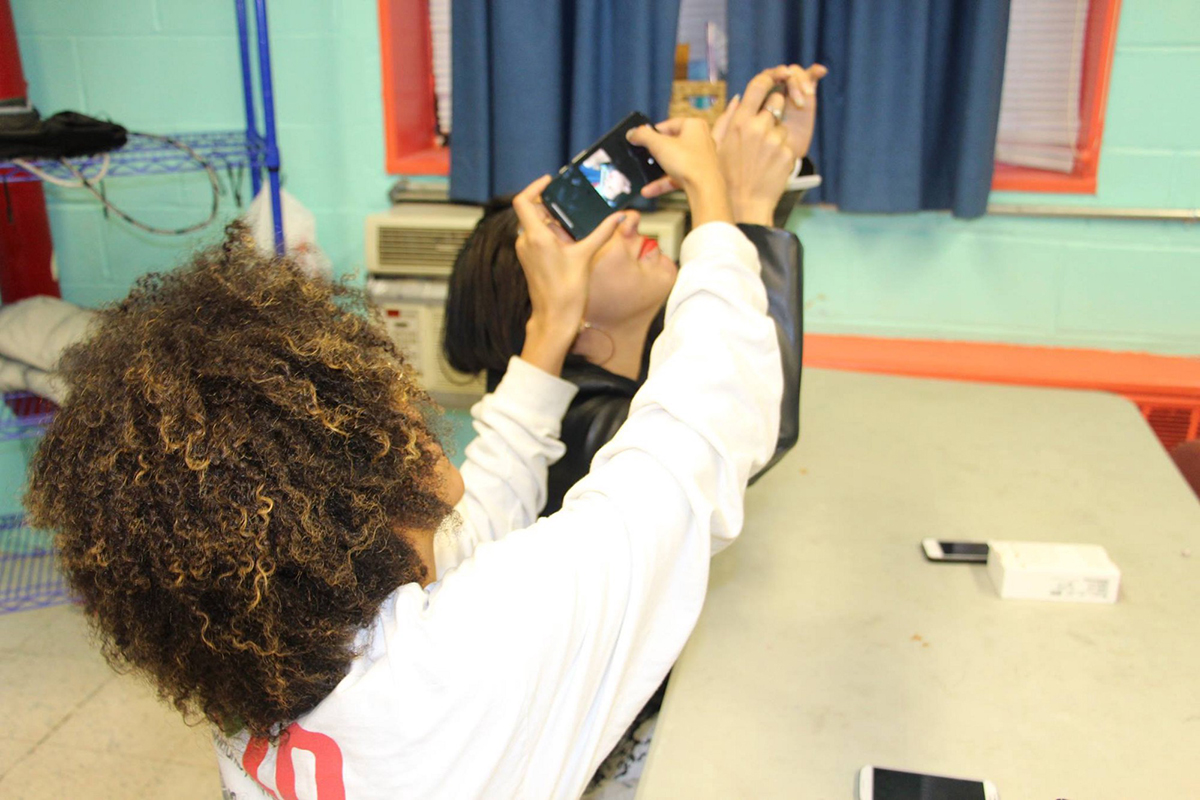
said ‘M’ in St. Petersburg.
Watch M’s story:
said ‘N’ in St. Petersburg.
Watch N’s story:
said ‘Z’ in New York City.
Watch Z’s story:
Young women’s reflections on Girl-talk-Girl reveal not only how their voices are vital to activism against GBV, but how their voices are activism—activism by which young women support each other with their own experiences, leadership, and creativity.
Stay tuned as Footage releases stories and insights from young women in Santiago, where the organization recently introduced Girl-talk-Girl to first generation students at Pontifica Universidad Católica de Chile.
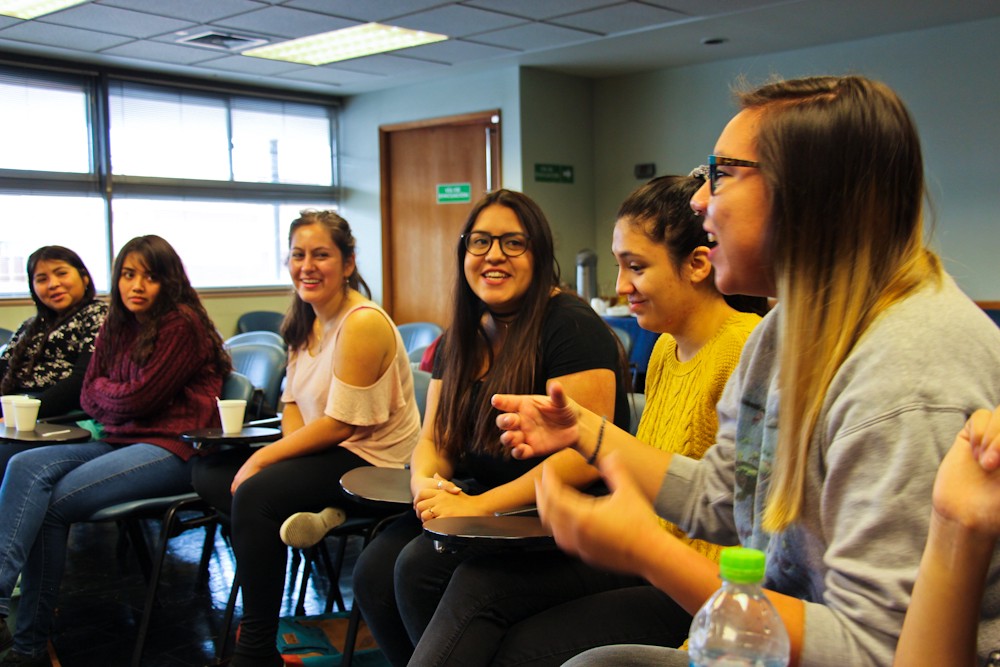
Girl-talk-Girl has received funding from two United States-Russia Peer-to-Peer Dialogue Program Awards from the United States Department of State (2014–2016) and Public Diplomacy Program Awards from the United States Embassies in Ukraine and Chile (2017–2018). Program partners have included the Russian LGBT Network, Artil Maidan, and Theatre for Dialogue. Learn more at girltalkgirl.org and footageproject.org.
